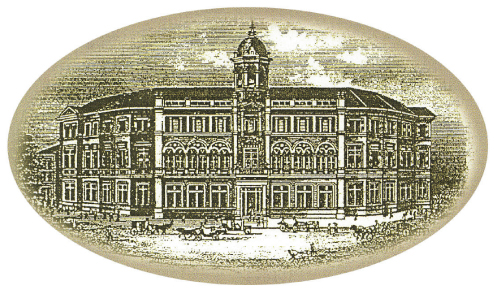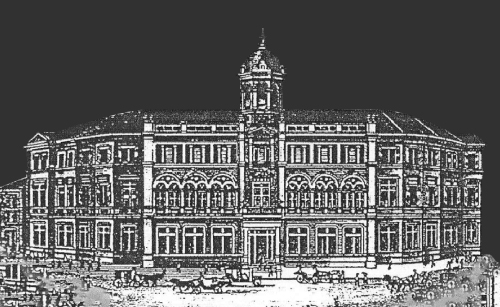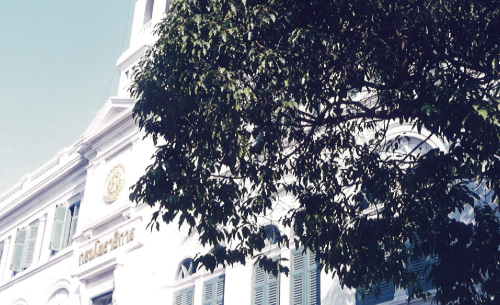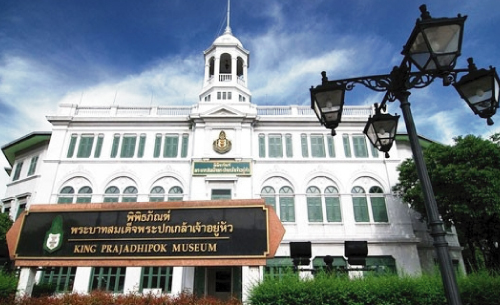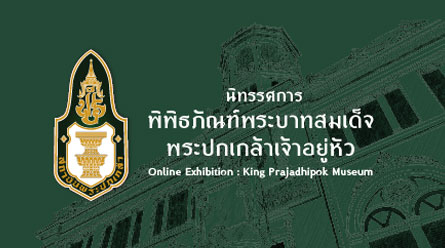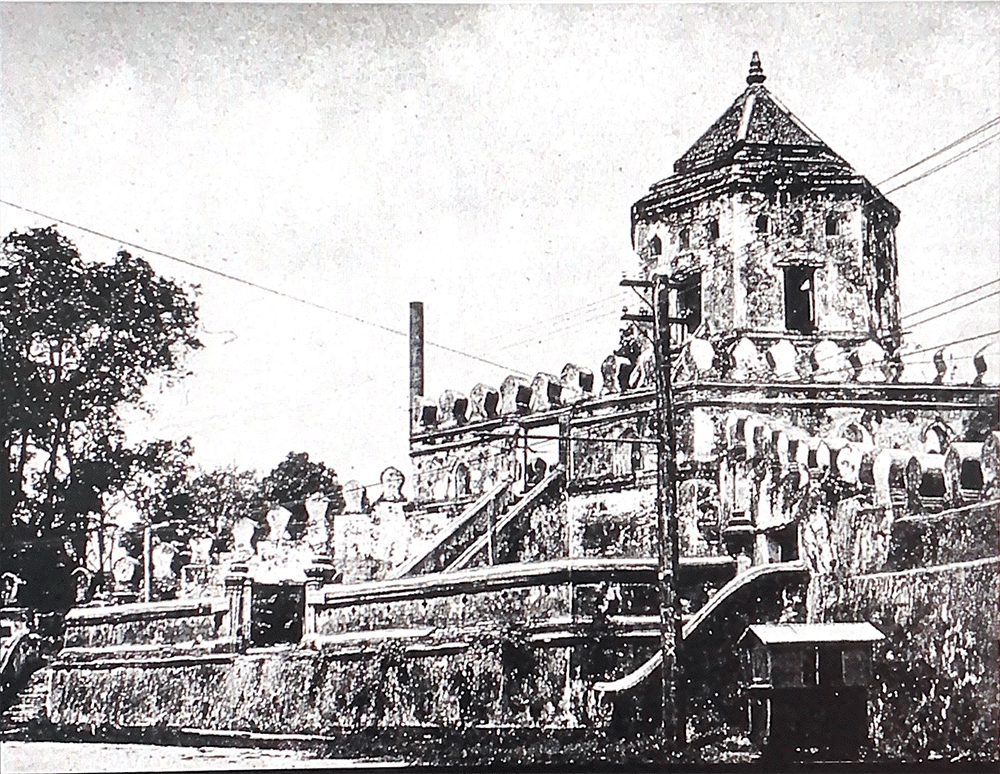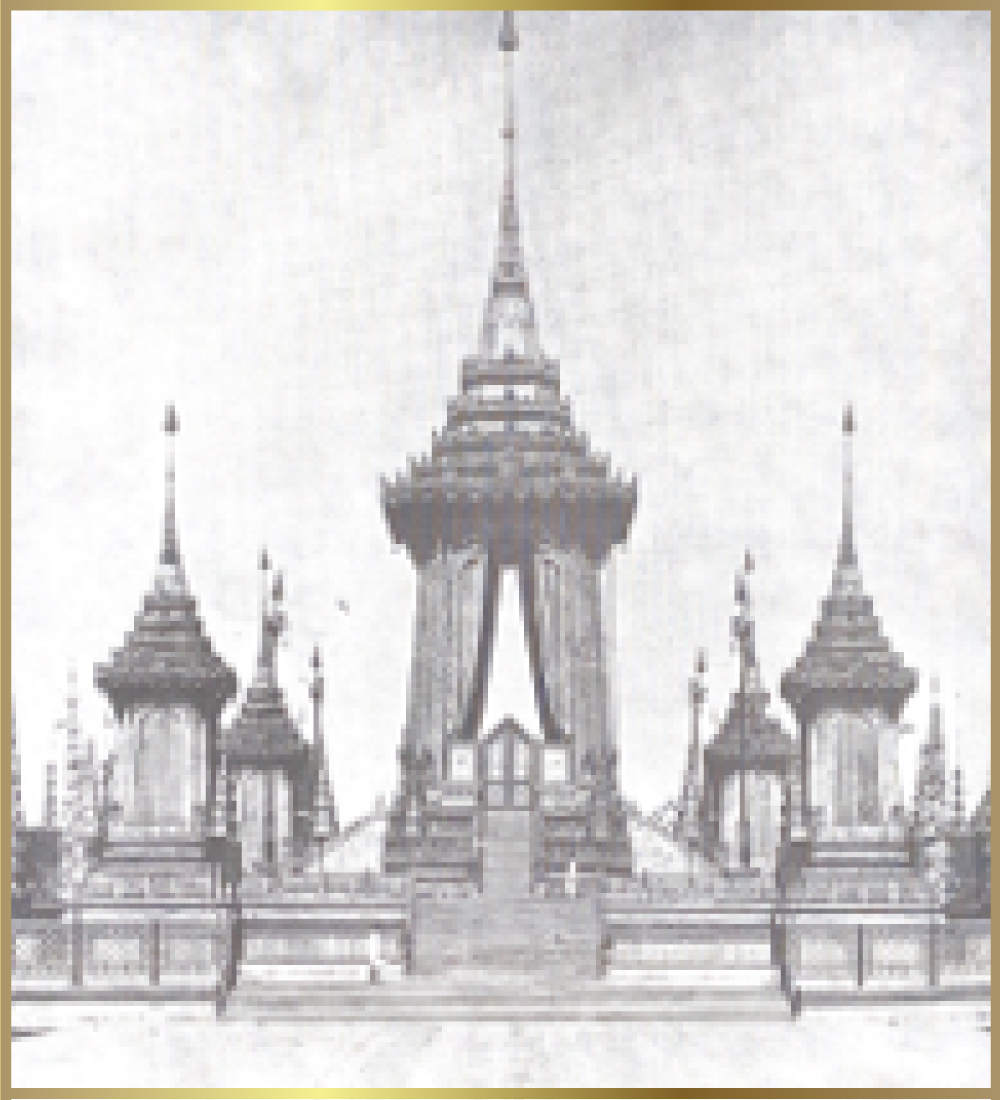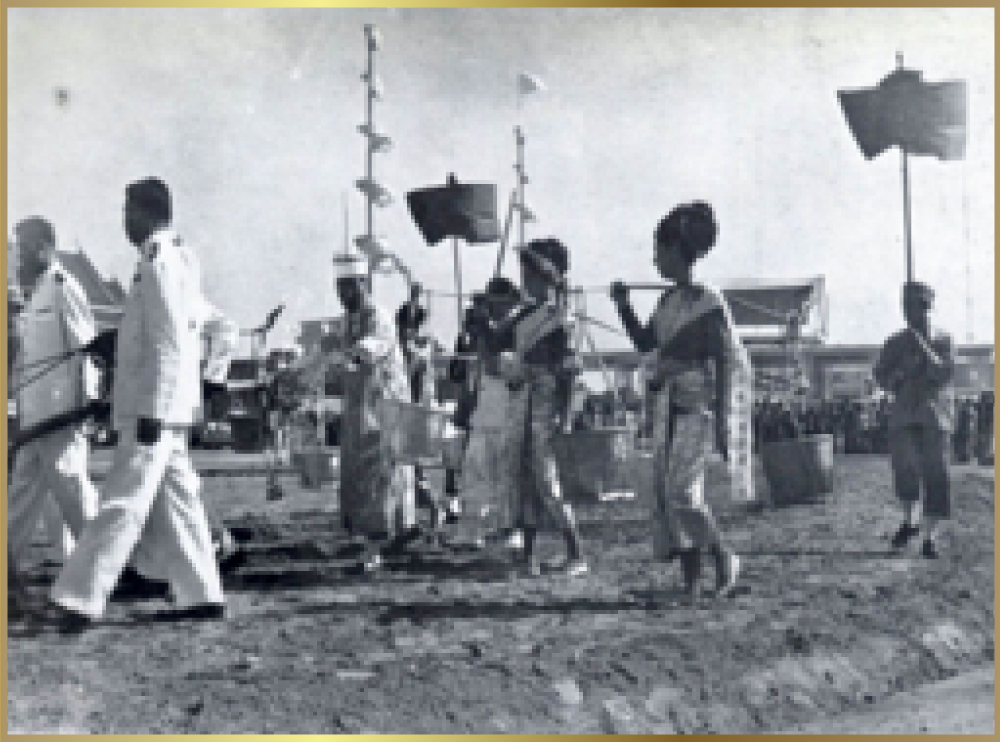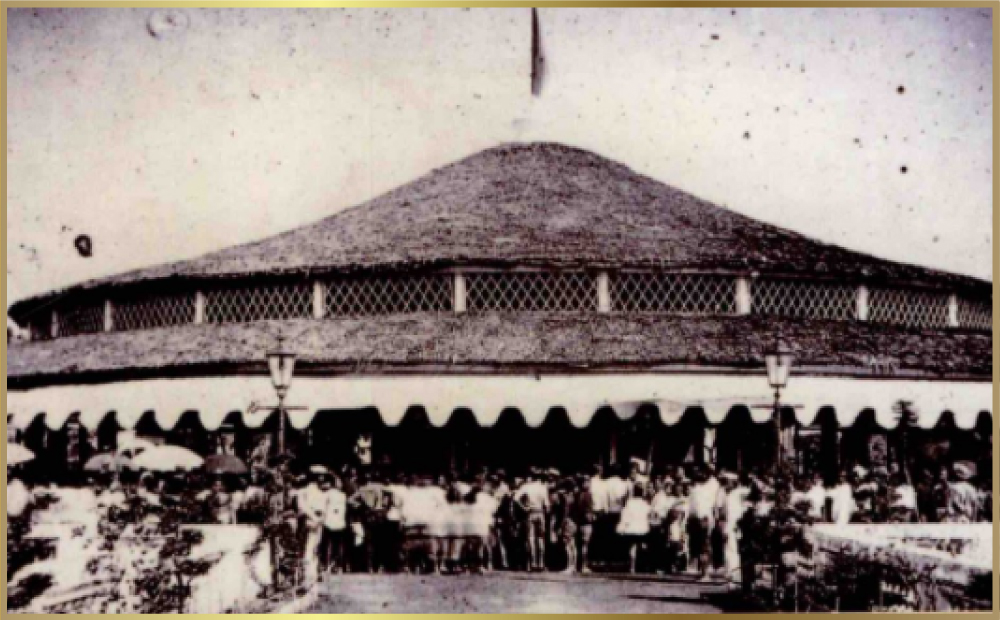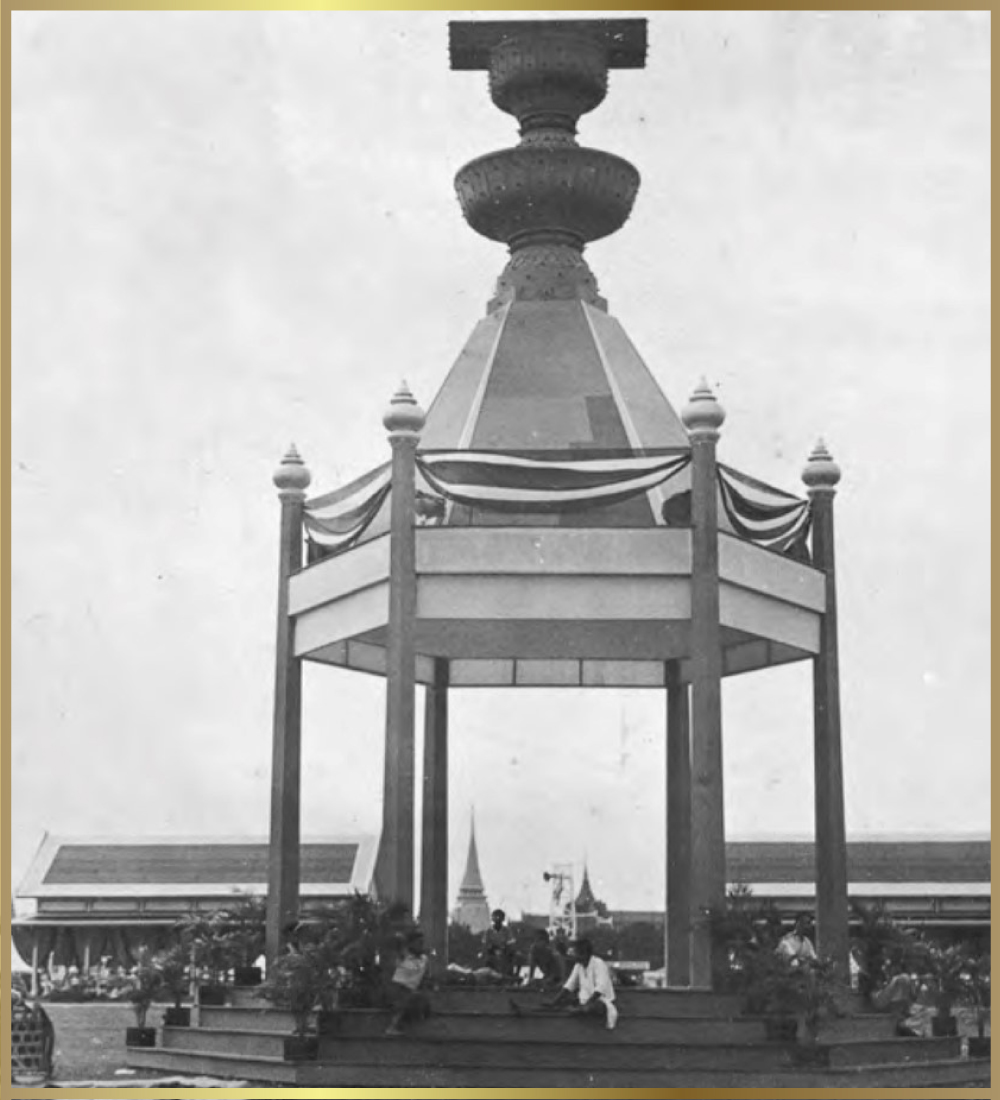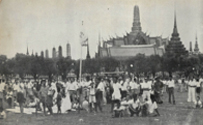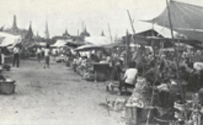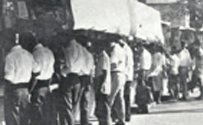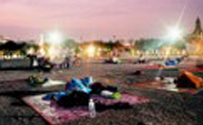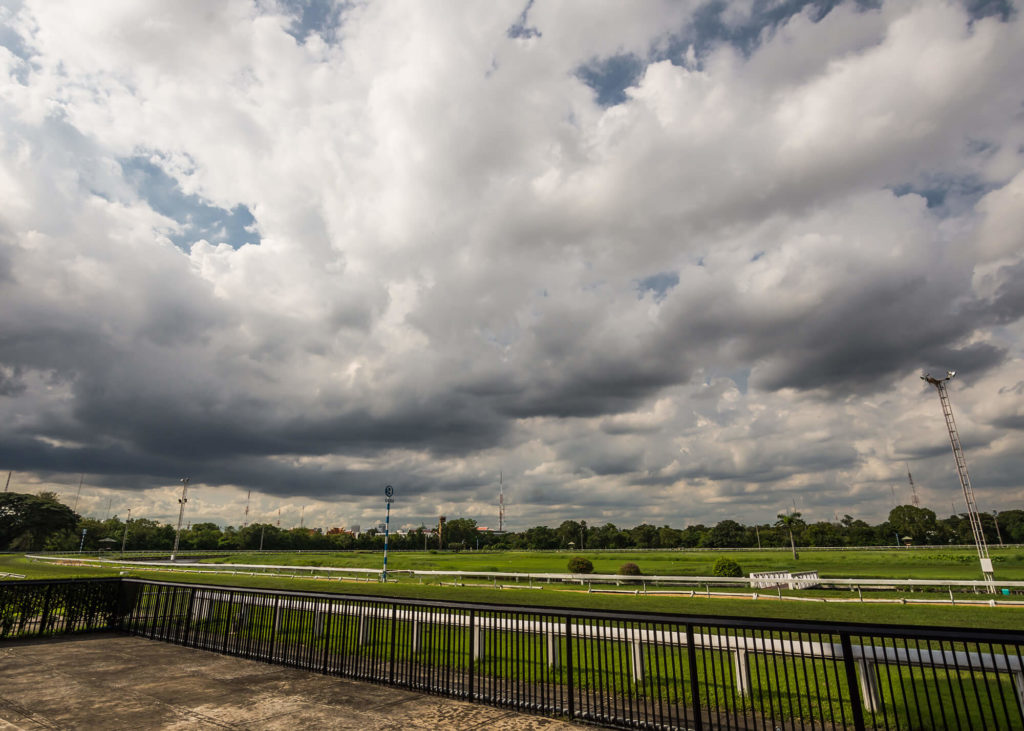The History
1912
John Sampson & Son Department Store
1926
Suthadilok Department Store
1933
The Department of Public and Municipal Works or The Department of Public Works
2001
King Prajadhipok Museum

1912
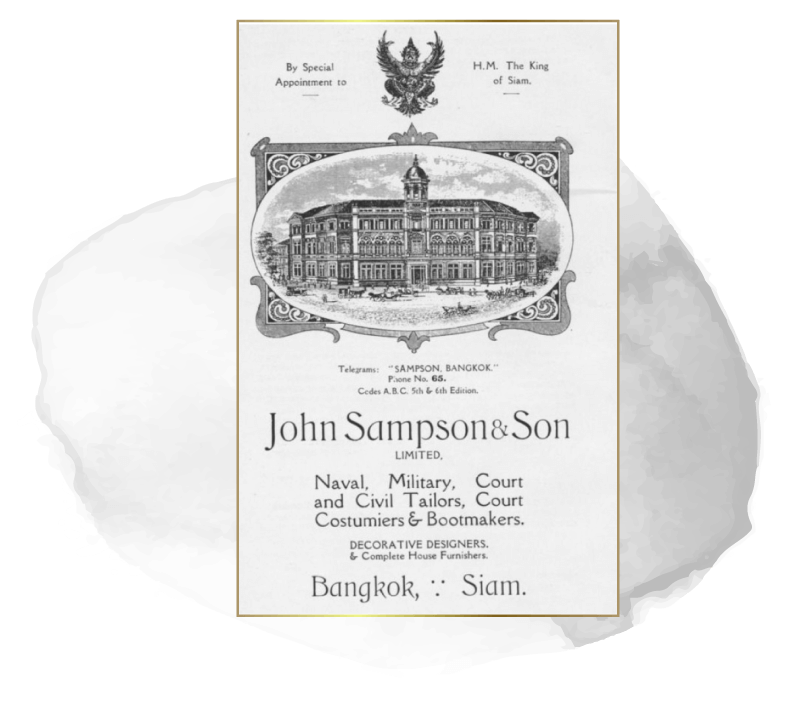
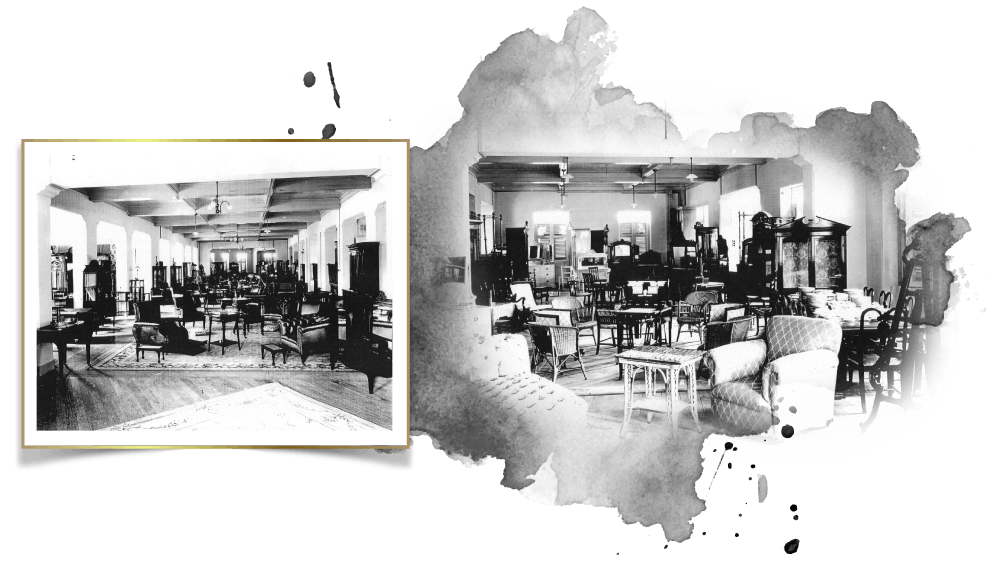
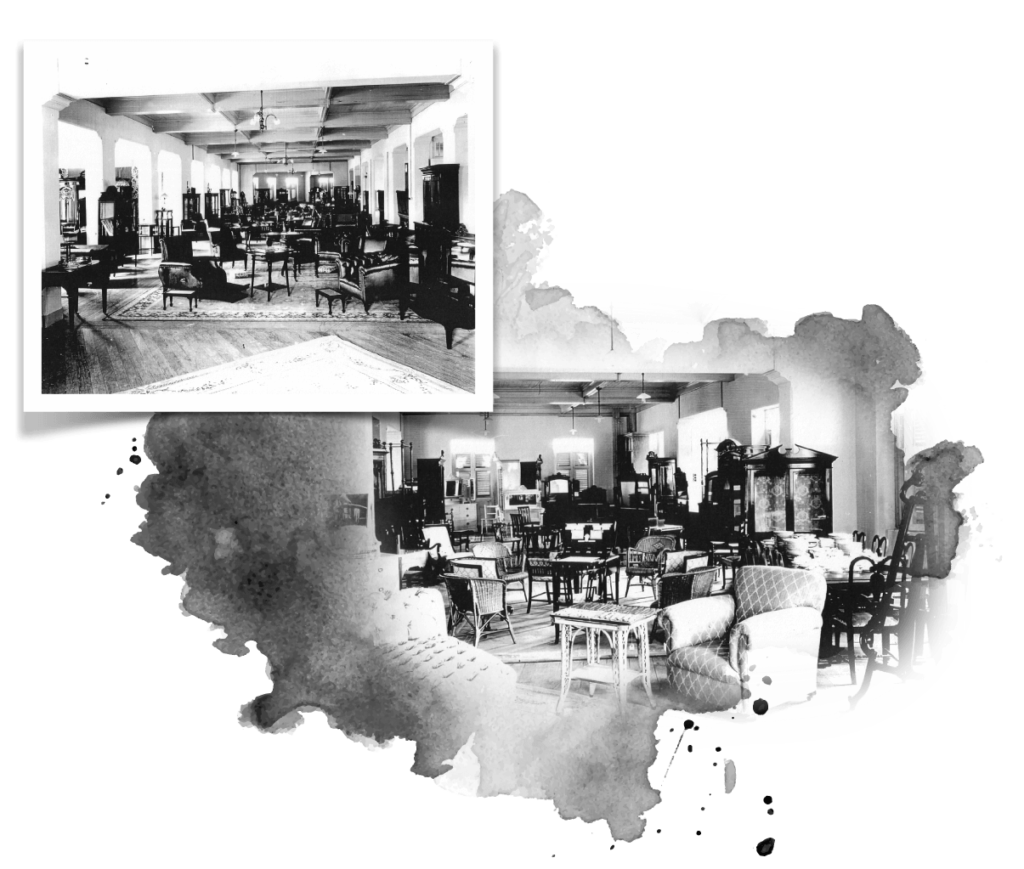
1919
The firm registered as “John Sampson & Son Limited Liability Company” on March, listing Mr. Frederick Sampson as the Managing Director and Mr. H.O. Saunders as the Manager.

1921
the store requested permission from the Department of Privy Purse to expand the building. It wished to connect the building to the existing warehouse and use bricks for the expansion with a door linking the two parts. The new roof was made of concrete tiles.
1924
1925
1926


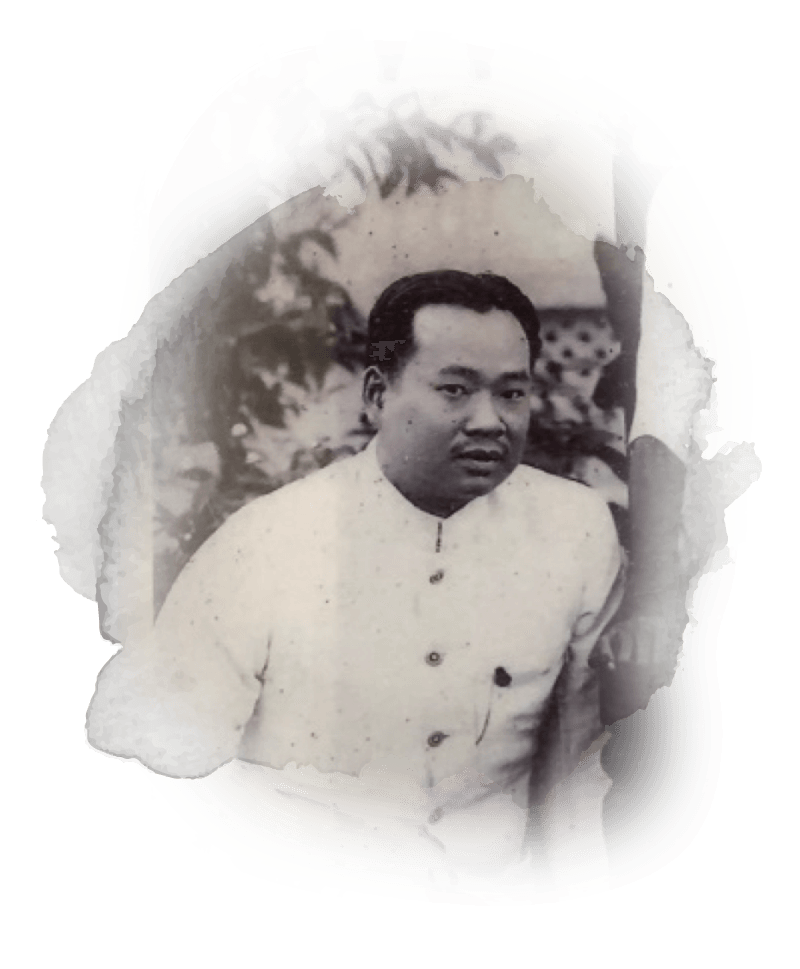
1926
Luang Maitriwanich (Chalerm Yotmani), the owner of Suthadilok Department Store, and Mr. B.A. Euminju, its manager, entered into a 15 year lease contract to rent the premises and sell imported merchandise, notably modern construction materials, sanitary ware, rice mills equipment, beverages, tricycle, household utensils, pressure lanterns, fence lanterns, and glassware.
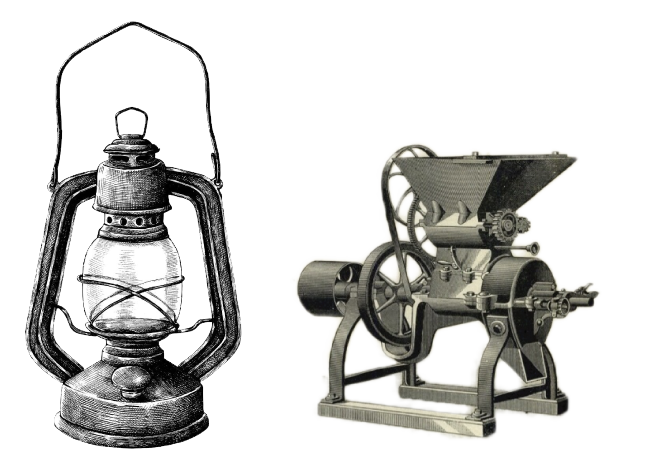
1930
A new contract between Suthadilok Department Store and the Department of Privy Purse was signed and in effect from 1 October 1930 to 30 September 1932.

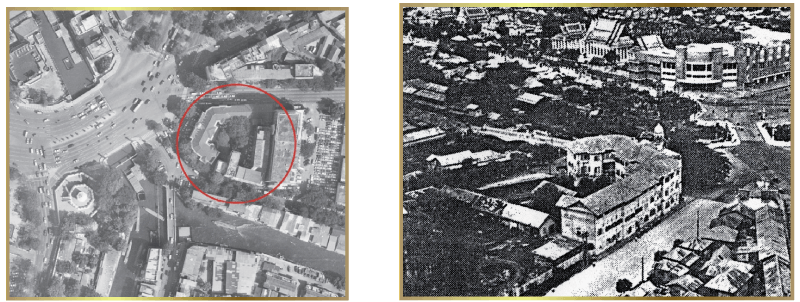
The photo shown location of The King Prajadhipok Museum in 2541 BE
Source : Royal Thai Survey Department
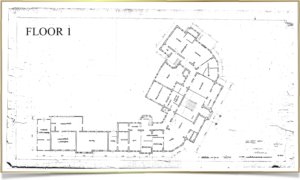
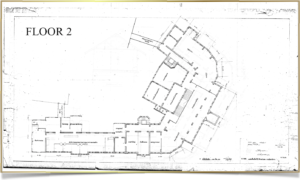
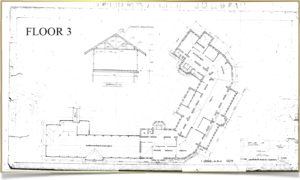
1933
Prior to the contract, Phra Phisan Sukhumvit (Prasop Sukhum), the director-general of The Department of Public and Municipal Works submitted a written notice, requesting permission to inspect the building conditions and to renovate the building. The Department intended to expand the previous two storey warehouse to three storey, using wood as the sole material while keeping the old roof.
1935
Phra Phisan Sukhumvit (Prasop Sukhum), the director general of the Department of Public and Municipal Works, rented the premises as its office.
1936
The Department requested permission from the Department of Privy Purse to re-build the main staircases at the hallway into split staircases, dividing the left and right side as seen today.
1971
The Department of Public Works sought permission to construct a new office building at the back of the premises to accommodate the agency’s expansion. It was to be a six-storey reinforced concrete building, with a steel bridge connecting it to the old building.
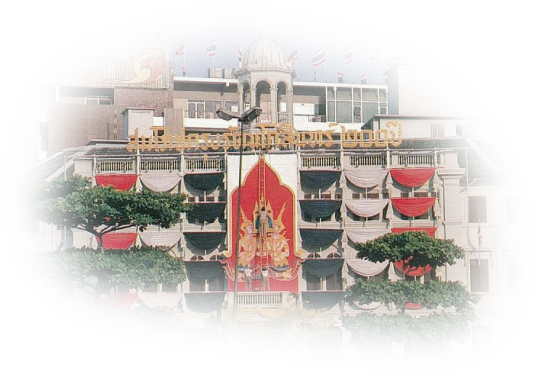
1995
While the Department of Public Works was still renting the premises as its office space, the Fine Arts Department registered the building as a heritage site. “The Fine Arts Department registered the building as a heritage site, which status was announced in the Royal Gazette, No.112, Section 59 Ngor from the National Register of Heritage Sites,
Vol 3 1991-1996.”
1998
1999
The Department of Public Works entrusted Sivakorn Construction Ltd. to lead the renovation project. Supervised by archeologists from the Fine Arts Department, the project lasted 540 days. It resulted in the complete removal of the old roof to reinforce the wooden structure and the installation of purlins, thermal insulations, curved roofing sheets, and stainless-steel rain gutters. Likewise, stucco decorations and damaged floors had been repaired and replaced by the same materials. Additionally, to facilitate the shift towards the air-conditioning system, teakwood framed glass doors and windows were added to the old void spaces, blending seamlessly with the original doors and windows. Furthermore, the building on Lan Luang Road’s side was demolished.

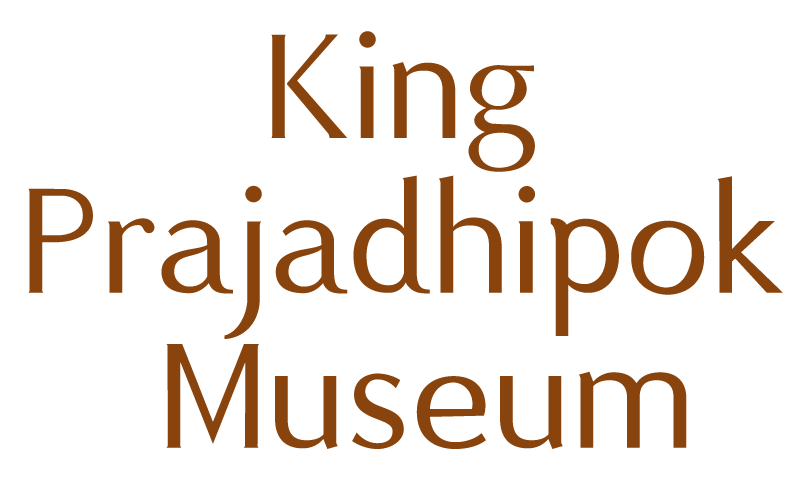
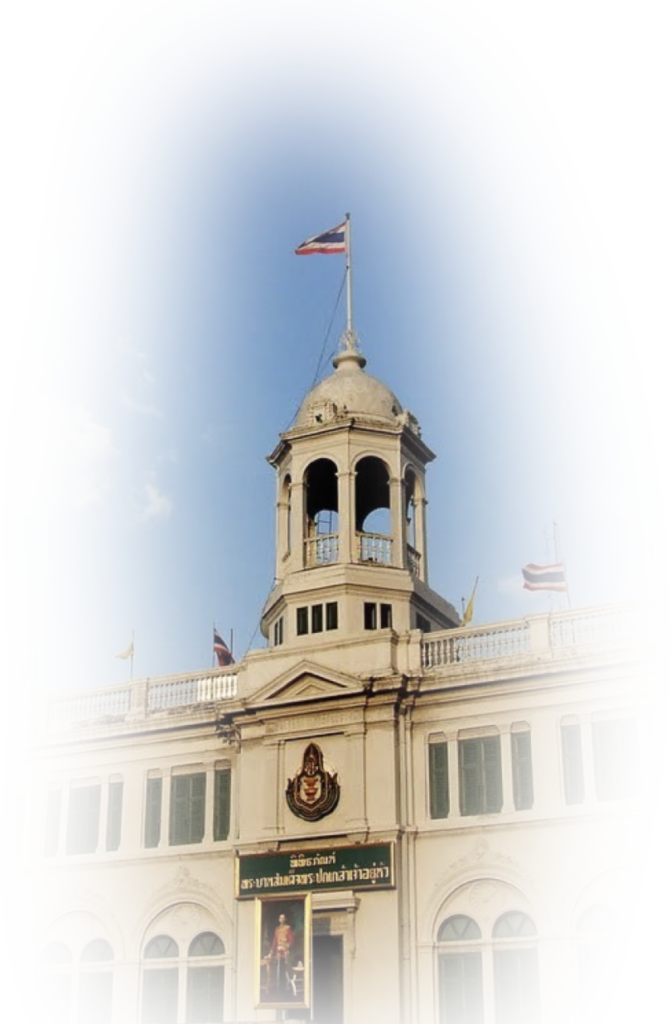
2001
King Prajadhipok Institute continued to rent the building from the Crown Property Bureau and was granted the rights by the Department of Public Works to take overand renovate the site and stage a permanent exhibition of the life and works of King Prajadhipok and Queen Rambhai Barni. The Serene Architects Co., Ltd was responsible for the design and renovation, while Pico (Thailand) Public Company Limited handled the interior design.
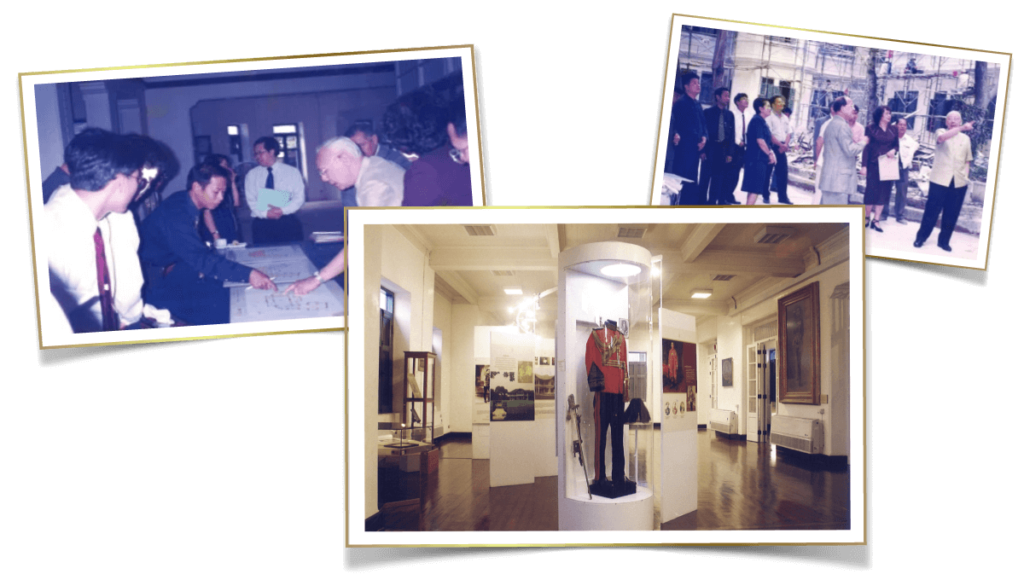
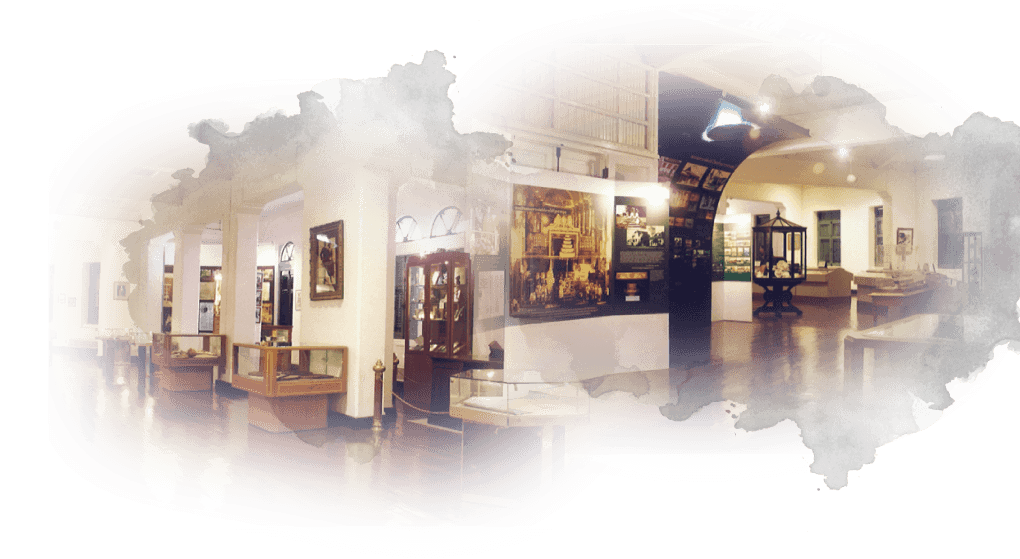
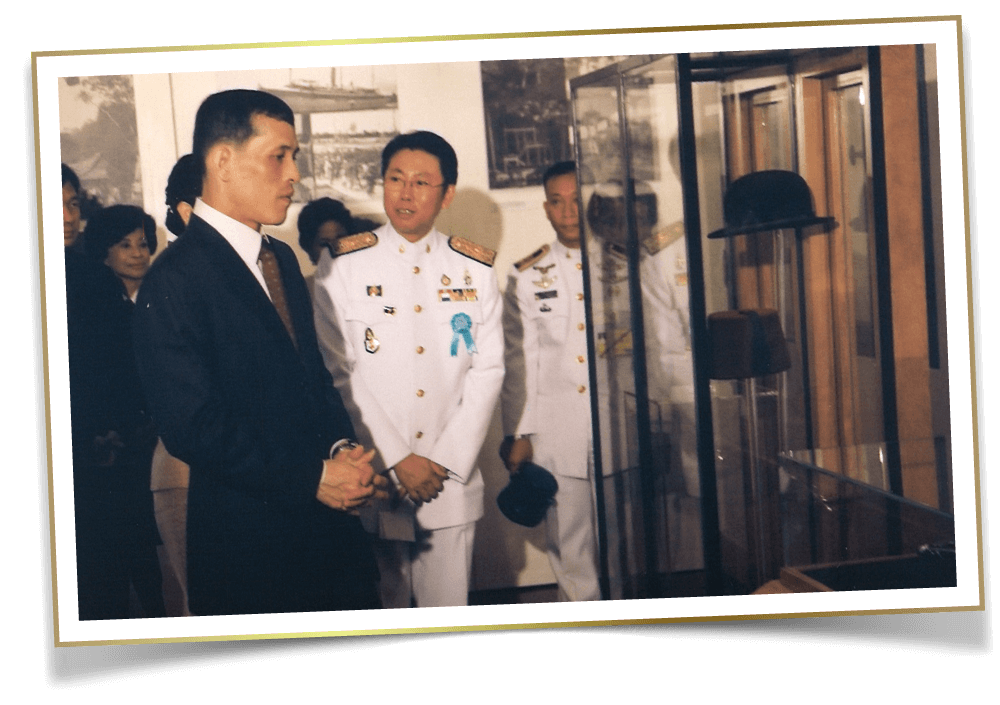
2002
His majesty, the late King Bhumibol authorized then HRH the Crown Prince to represent him in augurating the museum.
Explore King Prajadhipok Virtual Museum : kpi-vmuseum.com
